
Aug 30 , 2025. By BEZAWIT HULUAGER ( FORTUNE STAFF WRITER )
Several businesses are tired of chasing ghosts in the cashless revolution. Digital receipts flow in, some fraudulent, others misdirected, and all subject to dispute. It is a manifestation of a broader mistrust shadowing the country’s payment system, even as the National Bank of Ethiopia (NBE) aggressively expands its sandbox for fintech entrants, reports BEZAWIT HULUAGER, Fortune Staff Writer.
Desalegn Banksira sits behind the counter of Tsione Bar & Restaurant, near the Lancha area, thumbing through slips of paper that pass for proof of payment. More and more of his customers prefer to settle their bills through mobile apps, yet his patience with digital money is wearing thin.
“Some customers come with receipts that were paid to another business,” he said with a weary shrug, explaining that even the family’s chain of nightclubs is used to the same hustle.
Screenshots now carry more weight than verbal promises, and QR images are the go-to evidence for servers. Even so, disputes abound. A handful of patrons have stormed out, claiming they lost their phones while staff checked transfer confirmations, only to trumpet their escape on social media. That growing mistrust is turning larger retailers away from mobile money altogether.
These tensions come at a delicate moment for the local payment system. More than half a dozen gateways are on trial under the National Bank of Ethiopia (NBE), filing bi-weekly reports on transaction volumes and software tweaks. Approvals arrive, yet licences can just as quickly be yanked back. Last week, Fenan Pay Solutions S.C. became the newest operator to win a commercial permit, while Sunpay Financial Solutions S.C. endured the opposite fate after months of boardroom bickering and compliance failures.
Licensed in January 2022 for gateway and point-of-sale services, Sunpay secured a two-month window to pilot its technology, draft internal policies and train its managers. None of that happened. On August 27, 2024, the NBE revoked its permit, citing breaches of the National Payment System law. Sunpay never launched operations, never named a functioning chief executive officer and never renewed its paperwork despite repeated nudges.
Incorporated with 13.47 million Br capital raised from 10 investors, each pledging between 260,000 Br and 1.95 million Br, the company had named KirubelawitSahilu as CEO in its licence files. But, the lights never came on, leaving regulators to shut the doors and sparking fresh legal skirmishes.
Other aspirants remain in a central-bank sandbox. PawaPay Digital Financial Services S.C., Cashflow Financial Technologies S.C., LakiPay Financial Technologies S.C., and StarPay Financial Services S.C. all send their fortnightly updates, hoping for the green light. Cashflow, launched with a three-million Birr capital, is still pursuing commercial approval before raising additional funds. Its Chief Executive Officer, Abel Gebreananya, says his founding group, all quiet technologists with a knack for enterprise software, prefers to remain anonymous for now.
LakiPay offers a different profile. The brainchild of Habtamu Tadesse, who previously built and sold ArifPay, the firm opened with 99 million Br in seed funds and has already requested a full review from the NBE. Habtamu expects to achieve commercial status by the end of the month and plans to target medium-sized businesses, although he admits that the real honey pot lies with betting companies that generate high-volume and high-margin traffic.
“We had to teach everyone one by one,” he told Fortune, bemoaning the scarcity of skilled staff and the yawning gap between mobile-money know-how and gateway expertise.
Bank system integrations, which are meant to wrap up in days, sometimes drag on for months.
EagleLion System Technology demonstrates the breadth of those ambitions.
Founded on 15 million Br in capital, the firm has crafted an array of digital tools. Dube Ale, its flagship partnership with Dashen Bank, lets merchants offer spending limit and track receivables. Niche apps keep sprouting. Get Fee handles school payments, Get Rooms books hotel stays, and Nedaj pays for fuel.
EagleLion operator of CashGo, a remittance service in partnership with the Bank of Abyssinia whose project was halted by the Central Bank's directive until resumed after 2021. StarPay, EagleLion’s sister outfit licensed in February for pilot work, is run by Chief Executive Dagmawit Woldegeberel, while EagleLion CEO, Bersufekad Getachew, sits on its board. According to Dagmawit, StarPay has begun signing up hotels and will soon court supermarkets, with hopes of reaching down to “Gulits”, the street-corner vegetable stalls that still rely on cash.
She expects commercial status to arrive within weeks, after which StarPay will apply for a point-of-sale permit and bundle enterprise resource planning software for clients.
Fenan Pay offers the latest proof that life after the sandbox can be brisk. Built by a team of bankers and tech specialists, the platform cleared requirements for commercial permits last week after a six-month pilot that logged more than 1.5 million transactions worth 1.5 billion Br. It operates on a near zero-commission model and integrates with Telebirr, CBE Birr, and M-Pesa, while also offering tools for retail, restaurants, and event ticketing.
The Chief Executive Officer (CEO), Yohannes Shewakena, board director, Biniam Mulisa, and Chief Strategy Officer, Abdi Mekonen, are driven by a single purpose of slashing transaction costs to zero. Fenan started with five million Birr in capital and expects to scale fast, even as Abdi fretfully noted the sector’s creeping fees.
“It should be lower than what it is now,” he said.
In the background stands the National Digital Payments Strategy. Only in 2020 did federal officials permit non-bank entities to operate payment services. According to Solomon Damtew, the central bank’s director of payment and settlement, the shift has been swift.
Digital financing reached 18 trillion Br, equivalent to three times the country’s GDP, through a mix of mobile transfers, digital loans, merchant payments and government transactions on systems such as Telebirr and CBE Birr. The surge reflects an expanding agent network with more than 128 million mobile-money accounts, interoperable QR codes, and links to digital IDs. Those are the foundations of the strategy’s second phase, running through to 2029, which vows to widen access, cut costs and promote inclusion.
However, Solomon is candid about unresolved threats.
“Most of the population is far from digital payments,” he conceded. "Fraud prevention and cyber-security will top the regulatory agenda."
Betting platforms, meanwhile, have moved fastest. Betika taps Telebirr, SantimPay and Chapa; Arada Bet leans on ArifPay and Chapa; and Hulu Sport accepts an even broader mix, including M-Pesa. With punters placing wagers entirely online after city officials closed physical halls, the sector is forecast by Statista to draw 21.45 million dollars in 2025 and nearly 23 million dollars by 2029. The Lottery Administration clocked roughly one billion Birr in 2020.
Payment providers relish that volume, yet critics say the social cost is overlooked.
Jayson Peters, founder of the ETN Ecosystem and host of the YouTube channel ETHIO TECH with JayP, argued that digital finance is bypassing the people it was meant to help. According to him, financial innovations, “are enriching a few billionaires while bypassing small businesses,” the pillars of many economies. Jayson rails against the obsession with betting outfits, calling it “a toxic economic problem” likely to raise a generation of gamblers. The real hazard, he insisted, is not state-level hacks, monitored by the Information Network Security Administration (INSA), but social-engineering scams that prey on user ignorance.
“Digital financing is most of the time supported by immoral activities,” he warned, citing global cases of gateways tied to illicit trades.
Jayson proposes a grace period of up to a year for small gateways, allowing them to operate license-free, letting newcomers experiment with pricing. Big banks, he added, shoulder cloud-infrastructure bills that can amount to half a million Birr annually, while some gateways charge as much as six percent transaction fees. Even the state-owned Commercial Bank of Ethiopia (CBE) is tipped to raise its fees.
“Technology was supposed to make payment painless,” said Peters. "The prevailing model prizes fat margins from a narrow base rather than modest margins from the many."
In 2021, the first volume of the digital payments strategy outlined bold metrics. Lift adult access to digital money from 20pc to 70pc by 2024, boost active mobile-money accounts from one percent to 40, digitise 80pc of government payments and increase merchants accepting digital tools from 5,000 to half a million. Annual per-capita digital transactions were set to climb from three to fifteen, with digital retail deals targeted at 40pc of the total, up from less than five percent at the start.
The agent force would swell from 20,000 to more than 250,000, and systems were meant to be fully interoperable.
For small operators like Desalegn, those targets feel distant. He orders his staff to insist on QR codes, collects screenshots by the dozen and still loses sleep over vanishing payments. The Central Bank’s sandbox may encourage innovation, the fintech crowd may chase betting firms, and the regulators may tout national strategies, but Desalegn needs something simpler. He wants to find a way to trust that the 250 Br plate of "Tibs" is actually paid for when the diner walks out the door.
Until then, the cashless future looks decidedly fragile.
PUBLISHED ON
Aug 30,2025 [ VOL
26 , NO
1322]
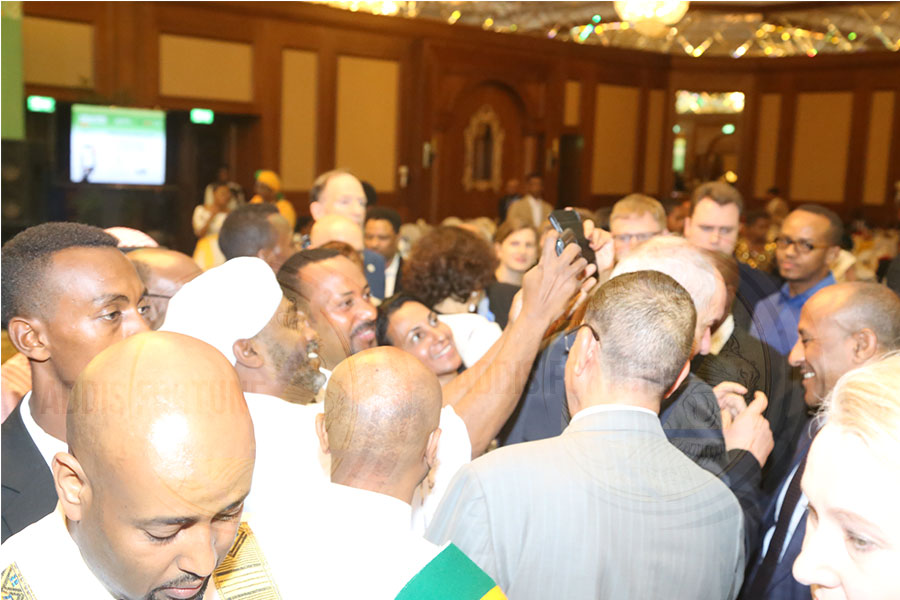
Photo Gallery | 180492 Views | May 06,2019
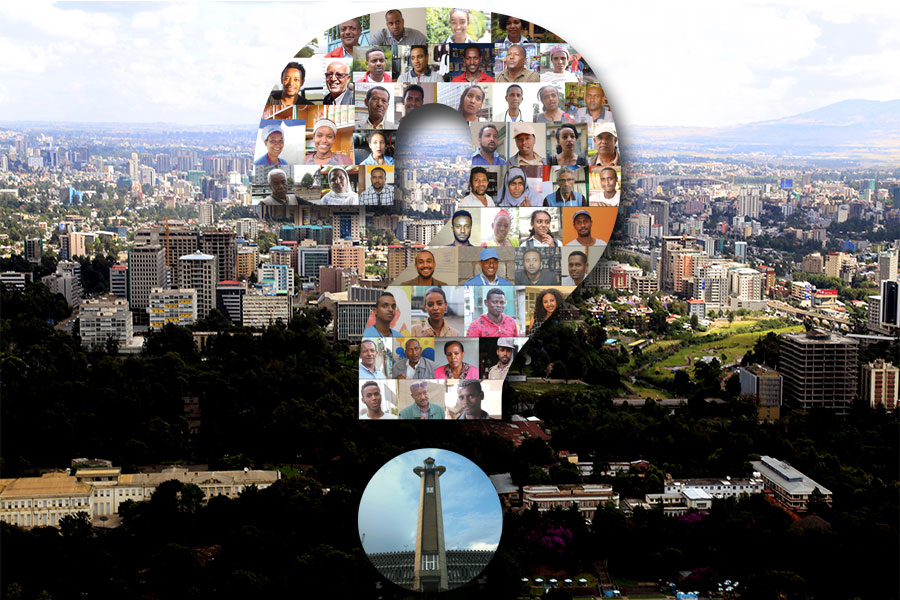
Photo Gallery | 170687 Views | Apr 26,2019

Photo Gallery | 161749 Views | Oct 06,2021

My Opinion | 137288 Views | Aug 14,2021
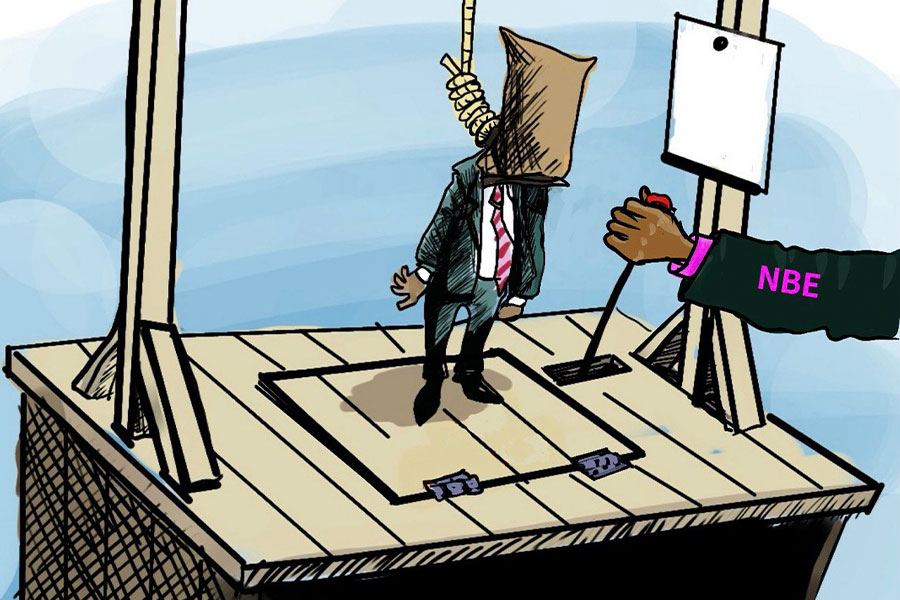
Nov 1 , 2025
The National Bank of Ethiopia (NBE) issued a statement two weeks ago that appeared to...
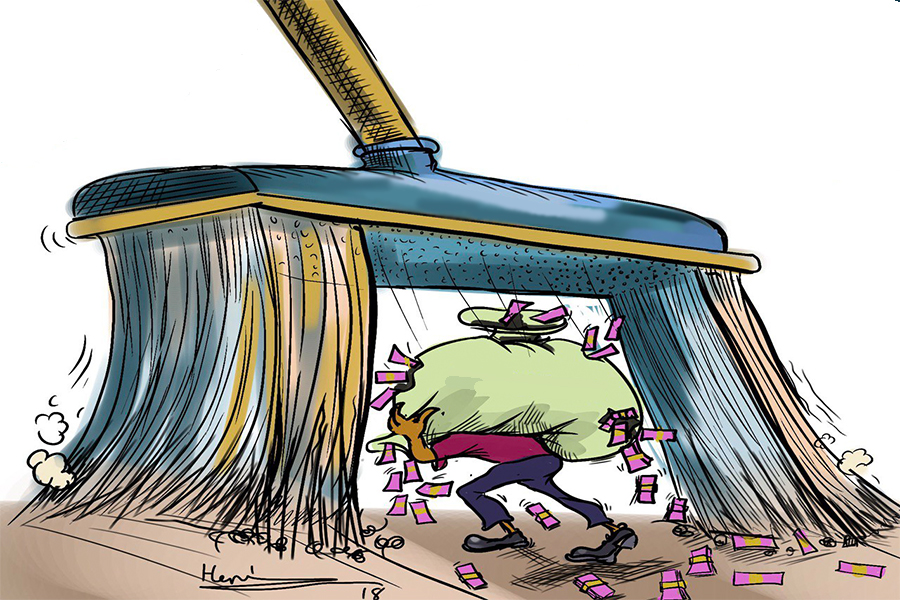
Oct 25 , 2025
The regulatory machinery is on overdrive. In only two years, no fewer than 35 new pro...
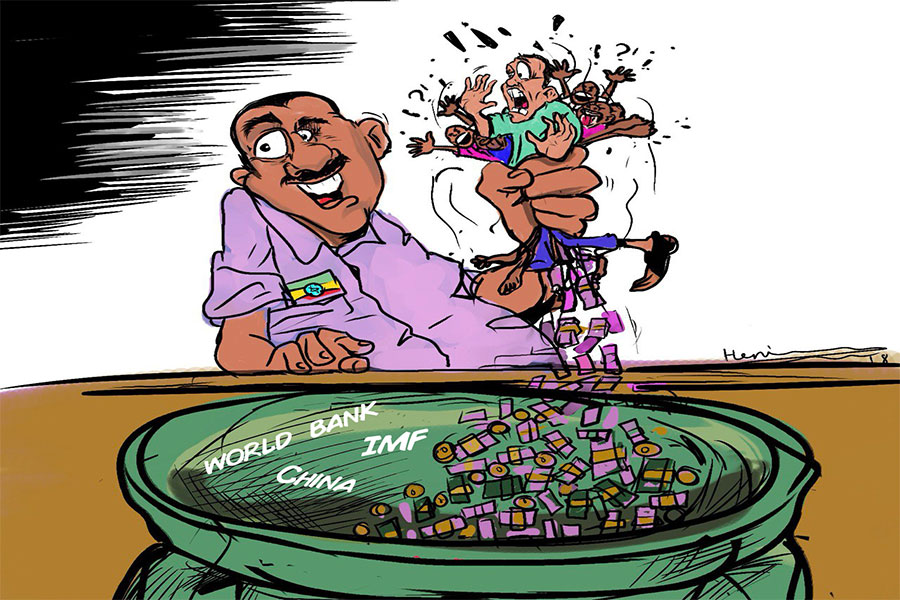
Oct 18 , 2025
The political establishment, notably the ruling party and its top brass, has become p...
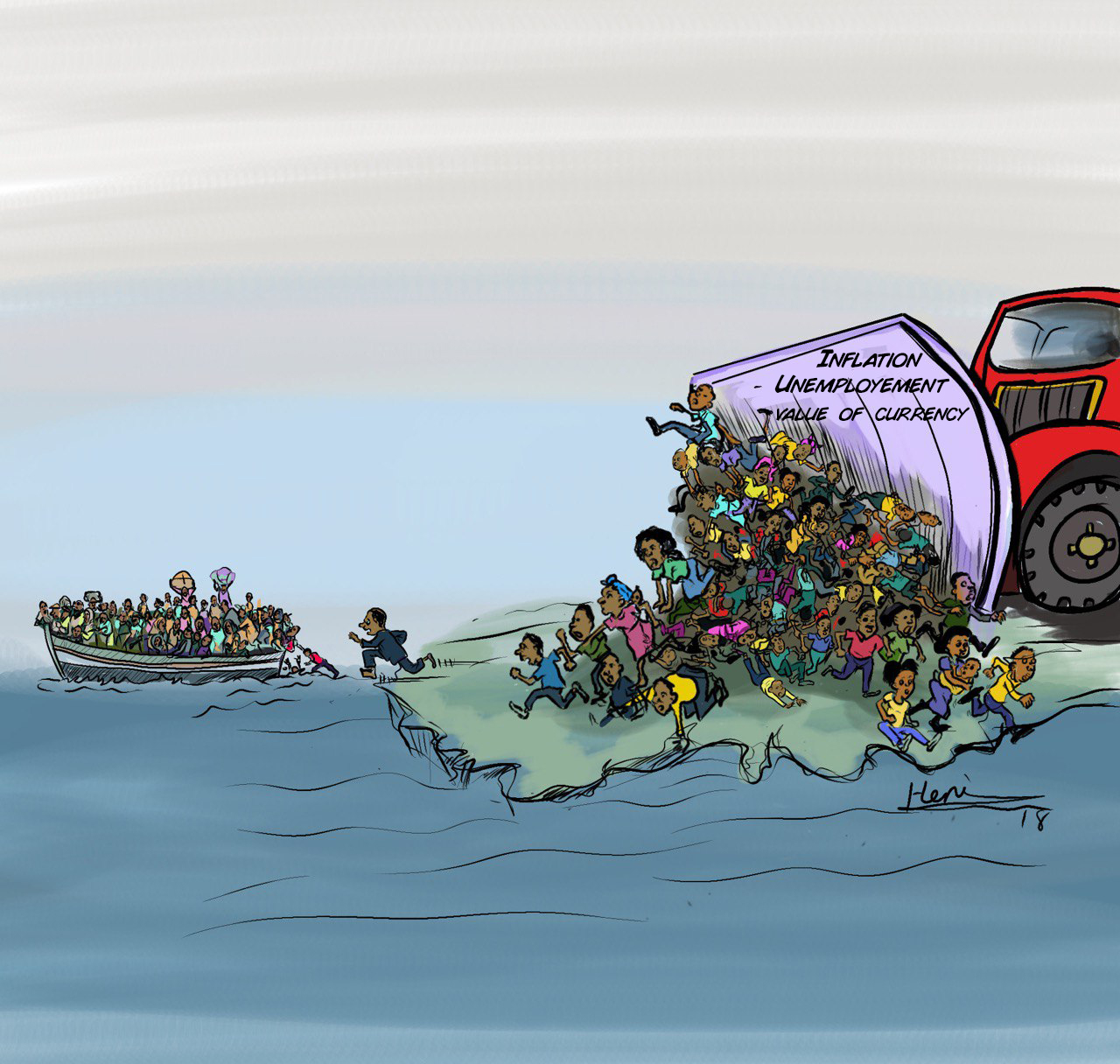
Oct 11 , 2025
Ladislas Farago, a roving Associated Press (AP) correspondent, arrived in Ethiopia in...